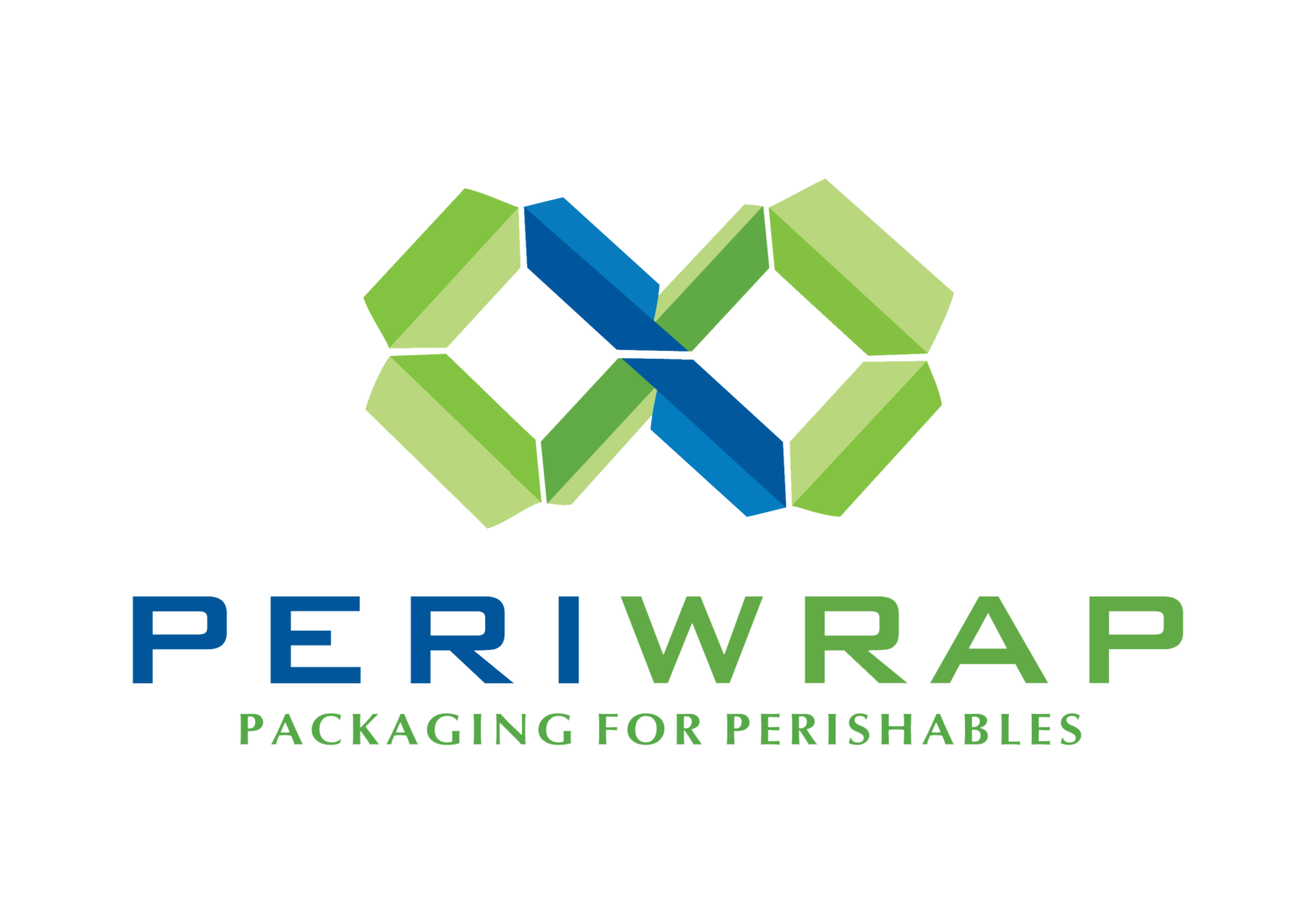How A Cupcake Went Green
At PeriWrap, we work with clients from a diverse range of industries to develop custom packaging that fits each business’ unique needs. In the following case study, we share the story of how we helped a large commercial bakery solve the problem of their frozen cupcakes thawing in transit. Read on to hear how we accomplished keeping cupcakes frozen for a 24- hour transit time using minimal amounts of dry ice and a greener solution that was cost-competitive and saved on storage space.
Any business owner will tell you the importance of a good first impression. Putting your best face forward from the start can often be the deciding factor between someone choosing your product or turning to your competitors instead. Which is why when a large commercial bakery’s cupcakes samples were arriving damaged to buyers at potential retailers, they needed an immediate new perishable packaging solution.
Prior to working with us, this customer was shipping samples next-day UPS, which was costly and causing the frozen cupcakes to thaw in transit. On top of their samples arriving damaged, the customer was using Styrofoam coolers, which was a red flag to buyers who prioritized purchasing from companies that met consumer demands of environmental consciousness. We teamed up to come up with a better, greener packaging solution that was cost-competitive to their current pack-out.
Shipping baked goods is more difficult than other frozen foods because they’re not a dense product. Given our understanding of these specificities, we recommended a two-piece paper liner made from 100% post-industrial content along with a Thermabag to minimize the sweating of the dry ice. Based on their 24-hour transit time, we recommended they use 8lbs of dry ice to hold the cupcakes in place while keeping the package cool. Next, we provided the customer with samples and temperature cards for testing. The plan was for the client to pack up their cupcakes in the new box along with a temperature card and ship it to one of our vendors in Florida to get the reading from the card.
Things don’t always go according to plan, which is why we emphasize the importance of testing for new solutions. Our first temperature test barely passed, and our customer wasn’t 100% confident proceeding. We knew with just a bit of adjusting we could develop the perfect insulation, so we created another sample and shipped it to California with a new temperature card. The package arrived in excellent condition and the temperature card gave great reports.
Our customer was thrilled. Not only did they solve their problem of cupcakes thawing in transit while remaining within budget, but they also saved space in their facility: Styrofoam coolers take up two to three times the amount of space as two-piece paper liners. Our customer is now confident their cupcake samples will arrive looking perfect every time, enticing retailers to take their product on at new locations. As they continue to grow their ecommerce business, we are excited to work with them on additional packaging options and solutions.
It’s important to note that green doesn’t mean more expensive, and the process of transitioning to more sustainable packaging typically takes only two to three months. Ready to switch to greener, more efficient packaging? We offer free samples and testing to help you find the solution that’s right for you.

